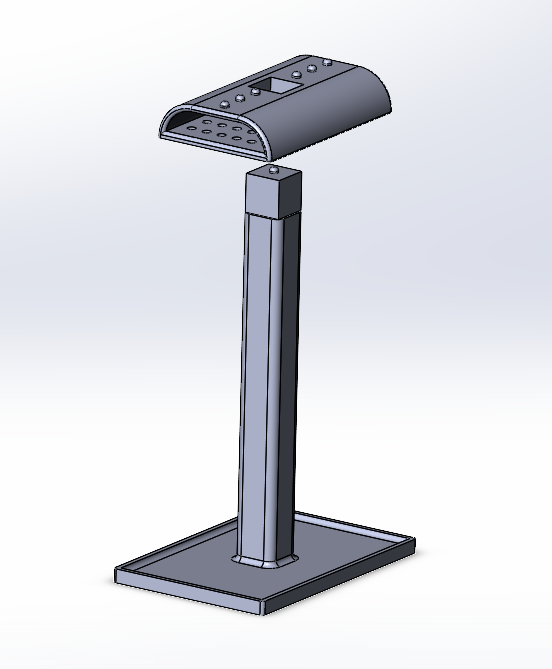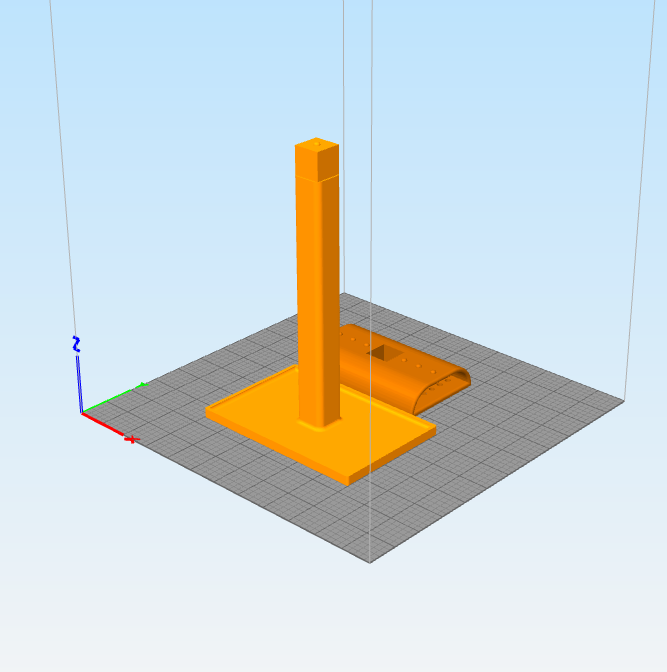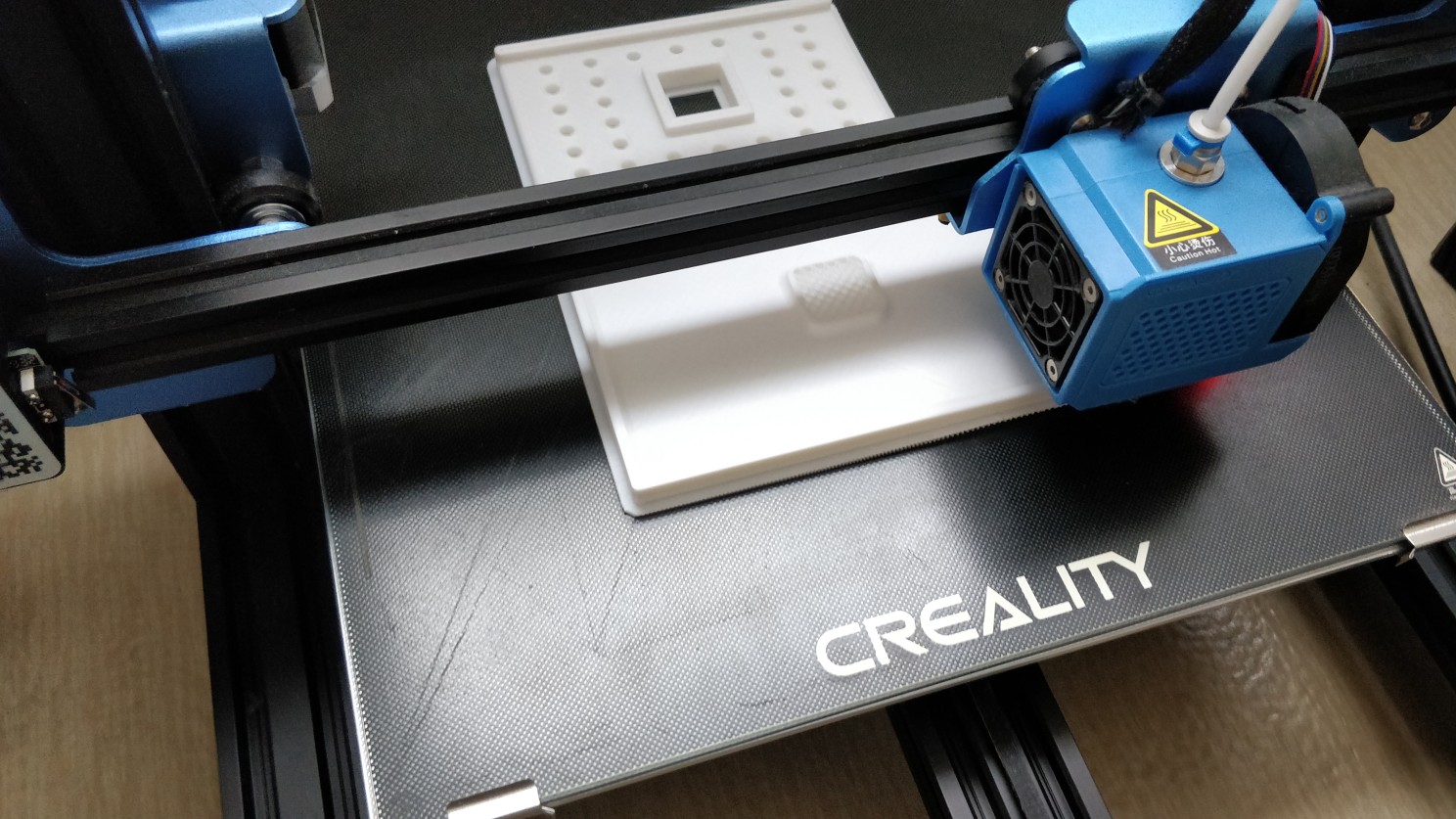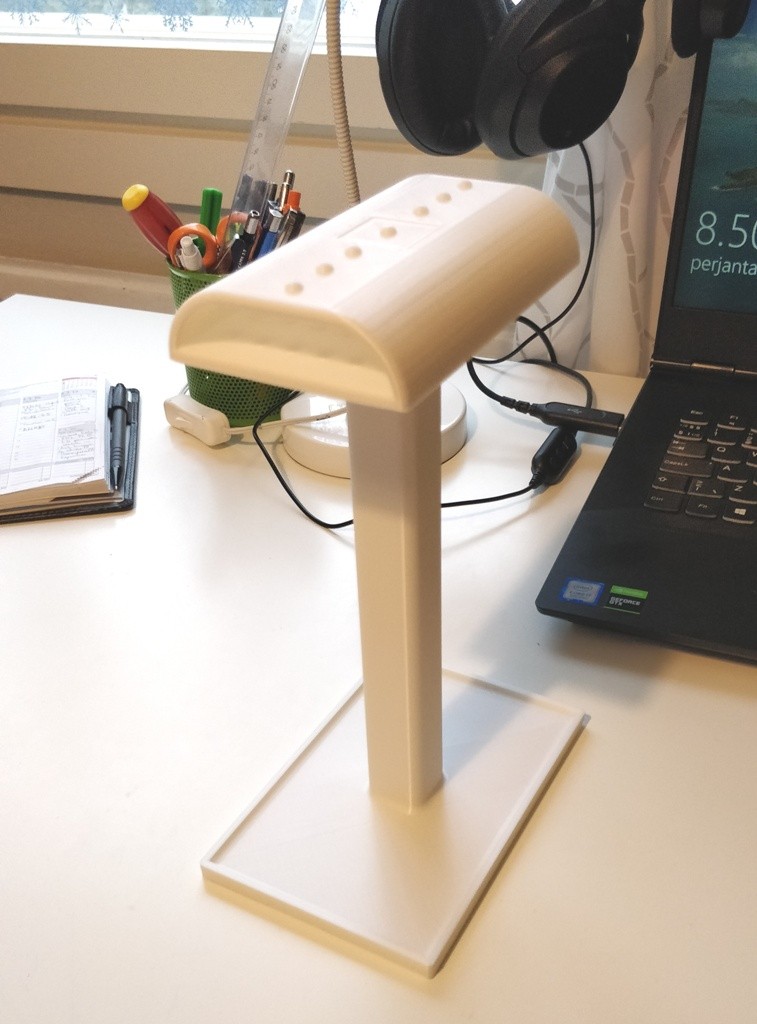
Individual Project Work about the prospects of recovering the Rare Earth Metals from e-Waste – On Trends Related to Recovery of REMs from the Electronic Devices’ Scrap (PDF)
Business card website

Individual Project Work about the prospects of recovering the Rare Earth Metals from e-Waste – On Trends Related to Recovery of REMs from the Electronic Devices’ Scrap (PDF)
Recently, came across the ‘Happiness’ cartoon by Steve Cutts (2017). The genius of this art piece is in its blunt message. It makes one see the rat race routine from a side to realize something. Have you wondered, where we all are than much in a rush? For what good (if any good) we run?
How much the rush for happiness is imposed (prescribed) and how much is self-initiated? Can it be both?
Source: https://www.facebook.com/reel/497024492716377
Aut viam inveniam, aut faciam
Или найду дорогу, или проложу ее сам.
I will either find a way or make one
Working from home brings own challenges. For me, this translates in shaping the productive working environment which usually was arranged by someone somewhere. An efficient use of space on the desk surface is a part of the problem I imagine many of us struggle with.
With distance work, I noticed that I use three different types of headphones and most of the time they are laying somewhere on the table or hanging. NOT NICE! It would be great to have a designated place for them – a headphone holder. Finding one online is not a challenge and they cost starting with $25. Some are really cool too, but waiting for their arrival is more painful. Having Soldworks and 3D printer at hand, there is no excuse to producing one by myself.
So, first, drawing some basic shapes, shelling, patterning, and the model in Solidworks is ready. Since the headphone holder takes some table space, I shaped the bottom in such way that it can hold some smaller parts like a paper clip or MicroSD card. The holes on the bottom of the top part is for hanging headphones on small hooks I will print later. So, being happy with the design outcome, I go to the next step – printing.


Next are the few steps in Simplify3D to set the printing parameters. For printing, I used the white PLA material. The flat vertical surface of the top part led to some overhangs inside, but for the function, I am ready to give up some of “the pretty” for now.



…and after 32.5 hours, here is the outcome.


This is how it looks on the table:



After half a year of happy using the holder, I cannot stop wondering how I lived without it.
This article is also featured on LinkedIn.
Recently, I was a part of Systematic Creativity and TRIZ Basics online class presented by professor Leonid Chechurin from LUT. One of the first questions in the class was to give our own definition of the difference between the invention and optimization. I found it quite interesting especially given the fact that I never thought of that. The result of my reflections are below.
Optimization – gradual change of an existing system, process or solution by upgrading or downgrading existing properties to a new optimum or, in other words, to a new expected outcome. Thus, optimization is the process of reaching a new optimum or a new balance of interests.
Invention is the process of reaching another level of novelty. Invention is a gradual or radical change of the existing solution by adding, upgrading or downgrading the existing properties until a new nonexistent level of problem resolution is found. Novelty is the distinguishing factor between these two.
These processes are different, thus, call for different mindset, expected result and tools.
What would you say about this definitions? How do you define optimization and invention?
No matter what sweet marketing reasoning says (Levitt, Kotler and alike), firms do not seek a customer per se, as a human, for who customer is with his life, troubles and routine to help him (see profound discussion by Fromm 1994). These issues are left to government backed social care and church at the best. See how many customer needs are ready to be met around the globe and too few companies ready to meet them because there is no financial interest – the customer needs need to match companies’ goals. Firms seek a customer that will buy their product. It is not the customer needs that company aims to meet. Contrary, it is company goals a firm aims to meet by addressing dehumanized customer demands (Fromm 1994). In such context, customer need is of any interest as long as they allow gain opportunities. Just as companies are not interested in customers per se, customers are equally interested in companies only for the reason of a product. The correct stress and priorities changes the tune; it scatters marketing tinsel away leaving crude reality.
And the reality is plain: companies sell products, be that goods, services, know-how, even when they are dreams. Product is the finite outcome of organization’s existence. The transfer of value from firm to customer and from customer to a firm is the blood that runs through the veins of economy. All activities of a firm directly or indirectly support the goal of facilitating transaction of values – money for product. No transfer – no customer. It is “Capitalism 101.” The role of marketing is to convince the fool to trade – the rest is lyrics.
Fromm, E. (1994). Escape from Freedom (repring, r). Henry Holt and Company.